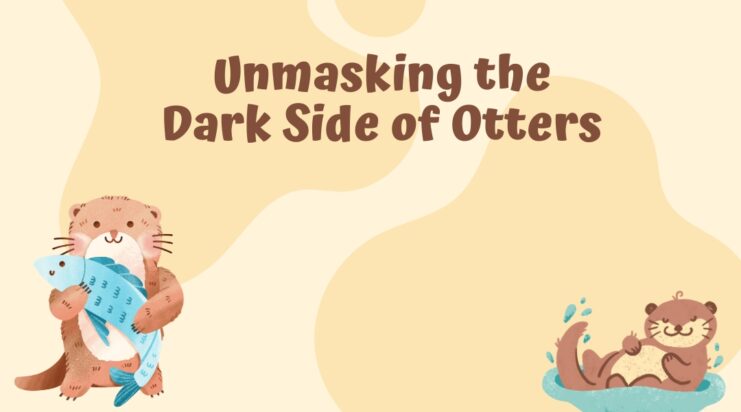Otters have long been admired for their playful antics and endearing appearance. With their furry faces and charming personalities, they have captured the hearts of many. However, there’s more to these aquatic mammals than meets the eye. As we delve deeper into their behavior and life in the wild, you may be surprised to learn that these seemingly adorable animals have a darker side.
In this article, we’ll uncover the lesser-known, disturbing truths about otters, exploring their aggressive tendencies, complex social structures, and the impact they have on their ecosystems. Prepare to see these furry creatures in a whole new light.
Aggression and Territorial Behavior
Unexpectedly Fierce Fighters
While otters appear to be friendly and docile, they can become extremely aggressive when defending their territory or their younglings. When faced with a threat, they won’t hesitate to use their powerful teeth and strong jaws to inflict serious injury. These territorial animals are more than capable of holding their own in a fight.
In addition to their unexpected ferocity when defending their territory, they also exhibit unique territorial behavior. They mark their territory with scent glands located near their tails, communicating ownership and boundaries to other otters. This territorial marking is essential for maintaining the social hierarchy within their group and preventing conflicts with other otters.
Furthermore, they have been observed engaging in territorial disputes over prime foraging spots, often resulting in violent confrontations. Such disputes can lead to significant injuries or even death for the individuals involved. These conflicts are a sobering reminder of the brutality of the natural world and the lengths to which animals will go to protect their resources.
Interestingly, they have been known to engage in communal living, particularly in areas with abundant food sources. This cooperative behavior allows multiple individuals to share a territory and work together to maximize their chances of survival. However, even within these communal groups, otters still exhibit territorial behavior and establish dominance hierarchies, highlighting the importance of resource control in their survival.
Mating Habits and Sexual Aggression
Forceful Mating Practices
Forceful mating practices are a disturbing aspect of otter behavior that highlights the darker side of their seemingly innocent and playful appearance. Male otters, known as dogs, have been observed biting the female’s nose during copulation to keep her in place. This behavior can result in severe injuries to the female otter and can even lead to death in extreme cases.
Interestingly, male otters have also been observed engaging in polygamous behavior, mating with multiple females during the breeding season. This mating behavior is typically driven by the male’s desire to maximize his chances of passing on his genes to future generations. However, this behavior can also result in conflicts with rival males and female otters, further highlighting the complexities of otter social structures.
The forceful mating practices of otters also have implications for conservation efforts. In areas where otter populations are declining, conservationists may attempt to introduce new individuals to bolster the population. However, if these individuals exhibit aggressive mating behavior, it can lead to harm or even death of the existing population and further threaten the species’ survival.
Mating with Other Species
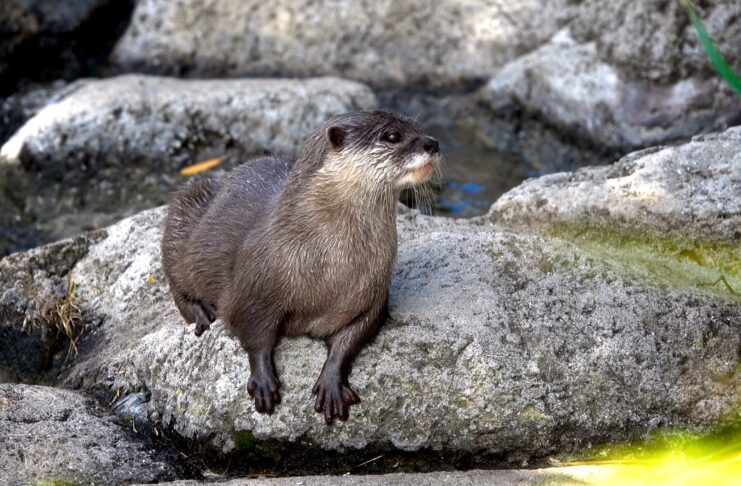
Mating with other species is an unusual and disturbing behavior observed in some otters, particularly sea otters. Male sea otters have been known to engage in sexual aggression toward baby seals, an act that can result in severe injuries and even the death of the seal. This behavior has been documented in various locations, including the Aleutian Islands and California.
The reasons behind this behavior are not entirely clear, but scientists believe it may be linked to the sea otter’s aggressive mating practices with females. Some researchers hypothesize that male sea otters may be mistaking the seal pups for female otters during mating season. Others believe that this behavior may be a result of human disturbances to sea otter populations, which can cause stress and impact their social behavior.
Regardless of the reasons behind this behavior, the impacts on the ecosystems are significant. Predatory behavior towards non-prey species can lead to imbalances in the food chain and can cause unintended consequences for other species in the ecosystem. Additionally, the disturbing behavior of mating with other species can impact conservation efforts and public perception of these animals, further highlighting the importance of understanding and addressing this behavior.
Complex Social Structures
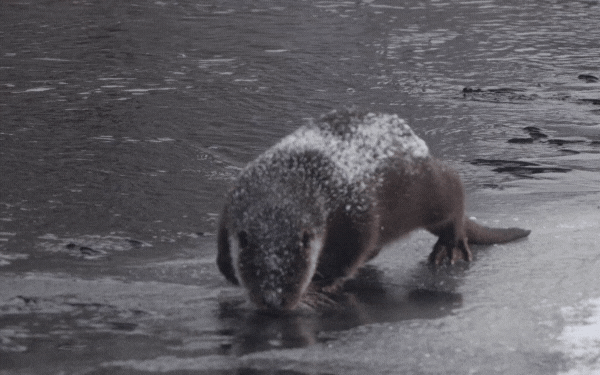
Hierarchies and Power Struggles
They live in intricate social structures, with a distinct hierarchy that dictates their interactions. Dominant males often establish themselves as the head of a group, while subordinate males may attempt to challenge the leader’s position. These power struggles can lead to violent confrontations, further demonstrating the darker aspects of otter society.
Alloparenting and Kidnapping
Within their social groups, otters exhibit a behavior known as alloparenting, where individuals other than the parents help raise the young. While this may seem like a cooperative and selfless act, it can also involve more sinister elements. In some cases, dominant otters may “kidnap” pups from subordinate members of the group, forcing them to provide care for the stolen young.
Impacts on Ecosystems
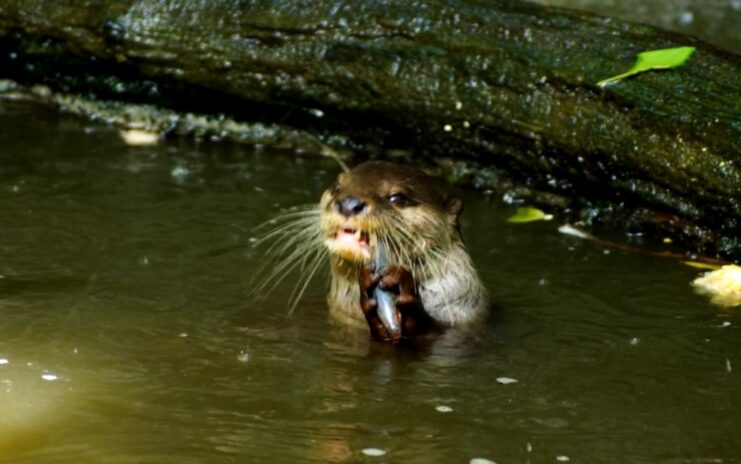
Predation and Its Consequences
They are skilled hunters, feeding on a variety of prey, including fish, crustaceans, and mollusks. While this predatory behavior is a natural part of their existence, it can sometimes have detrimental effects on their ecosystems. For example, the introduction of non-native otters to a region can lead to a decline in local fish populations, causing an imbalance in the food chain.
Habitat Destruction
As otters build their dens, they can cause significant changes to their environment. Their construction activities can lead to the erosion of riverbanks, the destruction of vegetation, and the alteration of water flow in the surrounding area. While these modifications are essential for otter survival, they can have negative consequences for other species that rely on the same habitat.
Disease Transmission

Carriers of Parasites and Pathogens
They can act as carriers of various parasites and pathogens, highlighting the potential risks associated with close interactions between humans and wildlife. For example, they may harbor bacteria responsible for leptospirosis, a disease that can cause severe illness in both animals and humans. Additionally, they can host parasites such as lungworms, which can infect domestic dogs and lead to respiratory issues.
The transmission of these diseases and parasites from them to other animals or humans is a significant concern for conservation and public health officials. It underscores the importance of maintaining a safe distance from wild animals and avoiding contact with their feces or bodily fluids, which can harbor disease-causing pathogens.
Furthermore, the potential for disease transmission among otters and other species can complicate conservation efforts. Wildlife managers must consider not only the direct impact of otter populations on ecosystems but also the indirect consequences of disease spread. This adds an additional layer of complexity to the already challenging task of maintaining balanced ecosystems.
Conservation Efforts
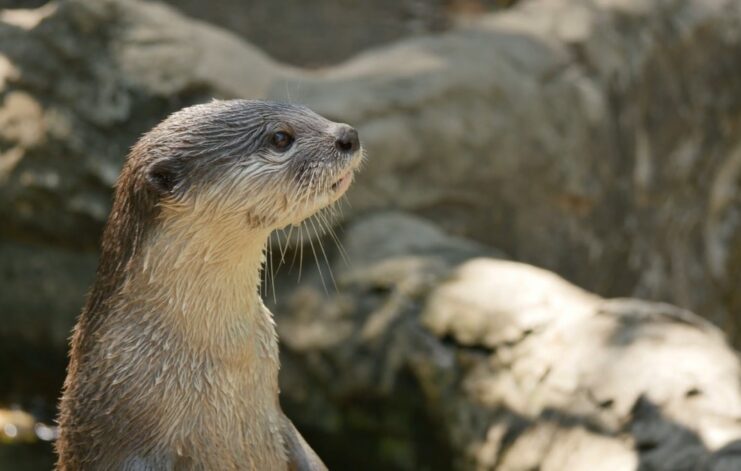
Otters’ natural habitats are regularly disrupted or destroyed due to human activities, making it harder for them to survive. Furthermore, they are also threatened by poaching and overfishing.
Conservation efforts are in place to protect and preserve these species, but more is needed to ensure their long-term survival.
Education
Educating the public about wildlife conservation and habitat protection is one of the most effective ways to promote conservation efforts. When it comes to otters, educating people about their unique place in the environment and how their presence is essential for healthy ecosystems is key.
That’s why organizations like the Wildlife Conservation Society and other educators are raising awareness about otters and how threats like climate change, illegal hunting, pollution, commercial fishing, the over-development of coastal areas, and waterway runoff are impacting wild populations.
One of the most efficient ways to reach a wide audience is through virtual resources such as webinars or interactive quizzes. This provides everyone with easy access to information that they can use to become more informed on natural systems and conservation efforts. Additionally, providing a variety of educational materials such as brochures that link otters to topics like freshwater ecosystems or climate change can have a powerful impact on how people understand conservation issues.
Community outreach can also be an invaluable resource when it comes to engaging people around meaningful conversation efforts for threatened species like otters. Creating activities such as beach cleanups or nature walks where there might be an opportunity for an encounter with this species can help pique people’s interest in helping protect their habitat from further degradation.
Laws and Regulations
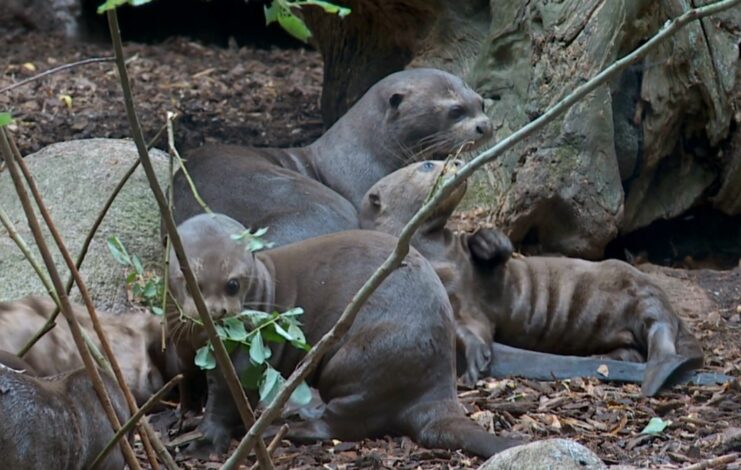
As a result of their rapid decline, many countries have enacted laws and regulations to protect sea otters. For example, the United States has The Marine Mammal Protection Act of 1972 which protects the from any type of hunting or trapping. This law is enforced by the U.S. Fish and Wildlife Service and is currently in place to promote recovery efforts across all states in the United States.
In addition, several international conventions and protocols have been developed over time to help protect these creatures from extinction. The World Conservation Union (IUCN) lists the Otariidae family as ‘Near Threatened’, indicating that their global population is declining steadily but action needs to be taken before this species becomes endangered.
Moreover, increased conservation efforts are needed in order to monitor population numbers, reduce polluting activities and stop activities that destroy their habitats. Several organizations fund research projects that better understand the ecology of sea otters in order to create meaningful conservation solutions moving forward. These efforts are necessary so that we can ensure this species can continue to flourish despite outside threats they face due to over-harvesting and human interference.
Re-introduction Programs
While the IUCN Red List of Threatened Species classifies otters as vulnerable, they are considered endangered in some areas due to habitat destruction, hunting, and pollution. As a result, conservation efforts have been put in place to help protect these animals. These efforts include re-introduction programs aimed at bringing them back to their native habitats and increasing their numbers in the wild.
Re-introduction attempts have been successful and have seen promising outcomes in terms of species survival, population growth, and overall improved environmental quality. They involve the reintroduction of captive-bred adult otters into carefully selected and monitored habitats that offer suitable conditions such as prey availability, the presence of suitable dens for accommodation, predator presence, and levels of toxic pollutants.
In addition to re-introduction programs, other measures are also taken by conservationists such as habitat protection, awareness campaigns targeting local communities about how their activities target or affect the animals’ populations, monitoring and control over toxins released into water bodies with where otters live or breed and enforcement of laws against hunting or poaching.
Otter-Human Conflicts
Impact on Fisheries
Otters’ impact on fisheries is a contentious issue that has led to tensions between conservationists and fishing communities. As natural predators of fish, they can consume significant quantities of fish, causing a decline in available stocks and potentially leading to economic losses for local fishing communities.
This impact on fisheries can be particularly significant in areas with already vulnerable fish populations, where otters’ predation can further destabilize the ecosystem. Additionally, some commercial fishing operations may see them as a direct threat to their livelihoods, leading to calls for population control or even eradication.
However, it is important to note that otters’ impact on fisheries is not always negative. In some cases, otters may consume invasive species that are harmful to the ecosystem, potentially benefiting the fishing industry in the long run. Furthermore, their presence in an ecosystem can indicate a healthy and balanced environment, which can have positive implications for fishing and other industries.
Injuries to Humans
While rare, injuries to humans caused by them can occur, highlighting the importance of respecting these wild animals and maintaining a safe distance. They are generally not aggressive towards humans, but they may attack if they feel threatened or cornered, particularly if they are protecting their young or territory.
Most injuries caused by them are minor, consisting of bites and scratches that can lead to infections. However, in rare cases, otter attacks can result in more severe injuries, particularly if the victim is a child or elderly person. In such cases, medical attention is necessary to prevent infection and ensure proper wound healing.
To prevent injuries caused by otters, it is important to avoid approaching them or their dens, particularly during breeding season when they may be more aggressive. Additionally, if an otter approaches, it is important to maintain a safe distance and avoid feeding or interacting with the animal.
FAQs
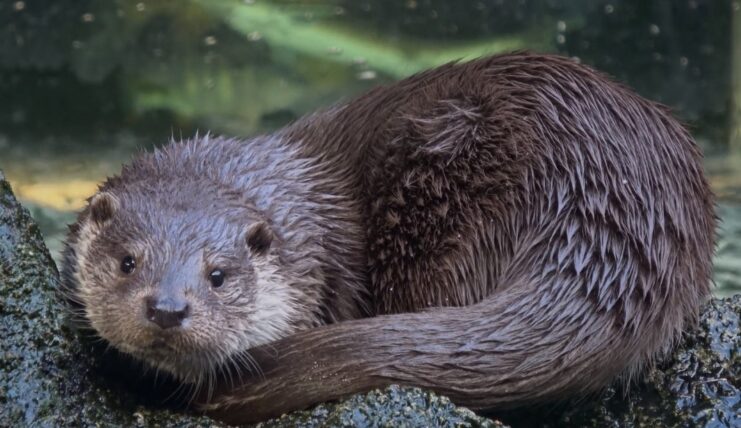
How do otters mark their territory?
They mark their territory with scent glands located near their tails, communicating ownership and boundaries to other otters.
What kind of impact do otters have on ecosystems?
They are skilled hunters and feed on a variety of prey, including fish, crustaceans, and mollusks. While this predatory behavior is a natural part of their existence, it can sometimes have detrimental effects on their ecosystems.
Are otters carriers of parasites and pathogens?
Yes, they can act as carriers for various parasites and pathogens, some of which can potentially infect other animals or even humans.
What is the impact of otters on fisheries?
As natural predators of fish, otters can consume significant quantities of fish, causing a decline in available stocks and potential economic losses for local communities.
Can otters attack humans?
While rare, injuries to humans caused by them can occur, particularly if they feel threatened or cornered.
Are otters social animals?
Yes, they live in intricate social structures, with a distinct hierarchy that dictates their interactions.
Can otters cause habitat destruction?
Yes, as they build their dens, they can cause significant changes to their environment. Their construction activities can lead to the erosion of riverbanks, the destruction of vegetation, and the alteration of water flow in the surrounding area.
How can otter-human conflicts be prevented?
To prevent these conflicts, it is important to avoid approaching them or their dens, particularly during breeding season when they may be more aggressive. Additionally, education and awareness programs can play a role in preventing these conflicts.
Can otters be kept as pets?
No, they are wild animals and should not be kept as pets. In many places, it is illegal to keep them as pets due to their protected status and potential danger to humans.
How do otters communicate with each other?
They communicate with each other using a variety of vocalizations, including whistles, growls, and chirps. They also use body language and scent marking to communicate ownership and boundaries.
Do otters have natural predators?
Yes, they have natural predators such as large birds of prey, alligators, and crocodiles. Additionally, some fish species may prey on their younglings.
How long do otters live?
The lifespan varies depending on the species and region. On average, river species can live up to 8-9 years in the wild, while sea species can live up to 10-15 years.
Conclusion
Otters have long been celebrated for their playful nature and captivating appearance, but as this article has revealed, they have a darker side that is often overlooked. From their aggressive behavior to their complex social structures and potential impacts on ecosystems, these fascinating creatures demonstrate that the natural world is full of surprises, both delightful and disturbing.
By understanding the less endearing aspects of otter behavior, we can better appreciate the full spectrum of their existence and develop more effective conservation strategies. As with all wildlife, it is essential to strike a balance between admiration and respect, acknowledging the complexities of the natural world and the creatures that inhabit it.

